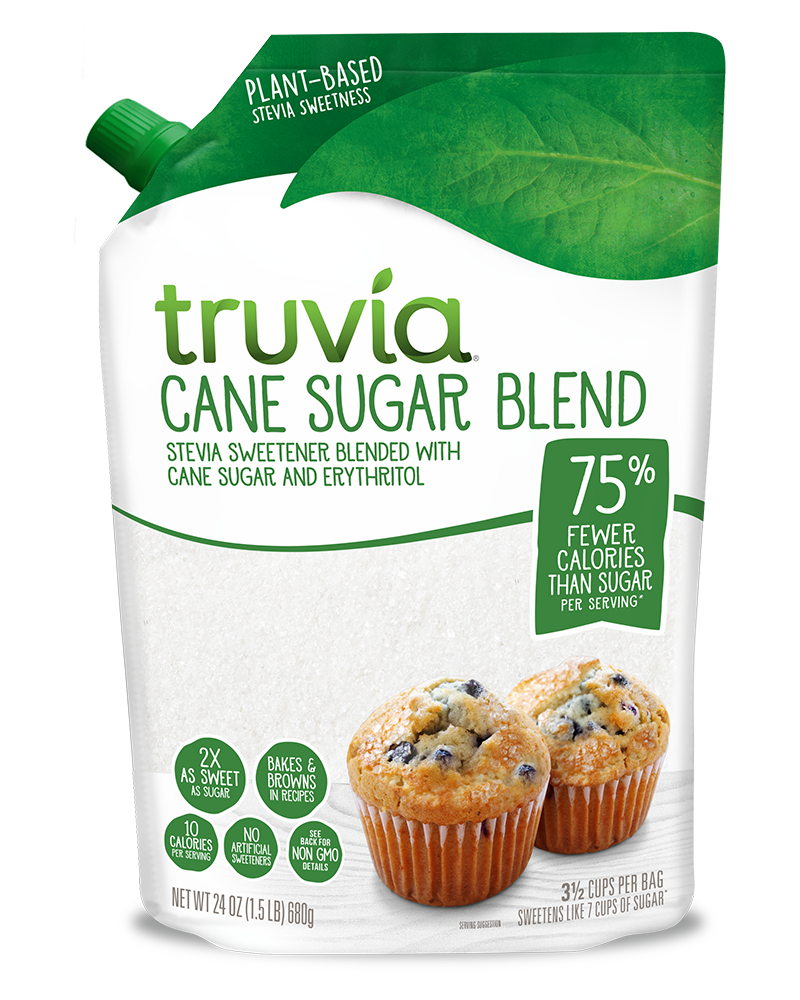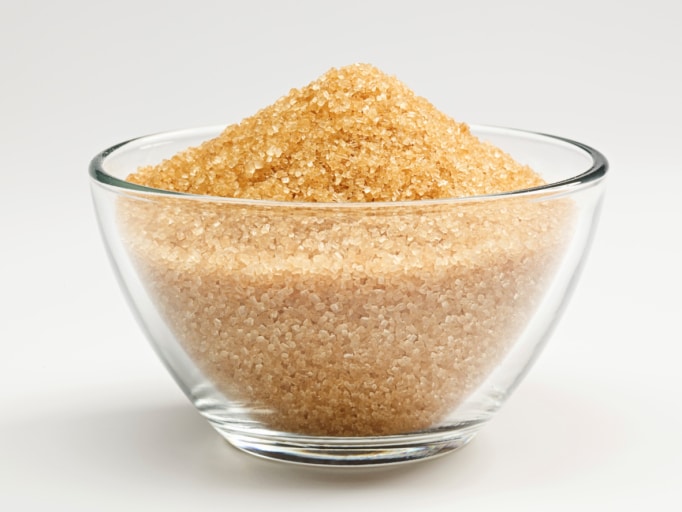Advanced Cane Sugar Processing: Enhancing Performance and Sustainability
Advanced Cane Sugar Processing: Enhancing Performance and Sustainability
Blog Article
A Thorough Overview to the Ecological Impact and Sustainability Practices in Walking Cane Sugar Processing
The ecological influence of cane sugar handling presents a complex variety of challenges that warrant careful assessment. From dirt destruction and too much water use to the carbon impact linked with growing and manufacturing, the repercussions of standard practices are significant. What certain techniques can be applied to strike an equilibrium between productivity and ecological stewardship?
Introduction of Cane Sugar Handling
Walking stick sugar processing entails a collection of methodical steps that change sugarcane right into polished sugar. Initially, gathered sugarcane is transferred to processing centers, where it goes through cleaning up to remove dirt and debris. Following this, the cane is crushed to remove juice, which is then clarified by getting rid of pollutants through home heating and the addition of lime.
The clarified juice undertakes evaporation, where water is removed to focus the sugar content. This focused syrup is then taken shape with cooling, allowing sugar crystals to form. These crystals are divided from the staying syrup making use of centrifugation, leading to raw sugar. To attain refined sugar, the raw item goes through further purification procedures, which may consist of washing and filtering system to remove staying contaminations and color.
The last product is then dried out and packaged for distribution. Throughout this entire process, keeping efficiency and quality assurance is important to ensure the sugar satisfies sector standards. Each step in walking stick sugar processing not only adds to the end product but also has ramifications for source usage and waste generation, establishing the stage for discussions on sustainability and environmental effects connected with sugar production.
Environmental Difficulties of Manufacturing
The manufacturing of walking cane sugar presents several considerable environmental difficulties that warrant attention. One primary issue is the considerable use of agrochemicals, consisting of chemicals and fertilizers, which can cause soil deterioration, biodiversity loss, and contamination of regional water resources. The drainage from sugarcane areas often carries these chemicals right into neighboring communities, disrupting aquatic life and affecting the health of communities reliant on these water bodies.
An additional obstacle is the high power usage connected with sugarcane processing. The boiling and refining stages call for considerable warm, mainly produced by burning nonrenewable fuel sources, adding to greenhouse gas discharges. Furthermore, the extensive land location required for sugarcane farming can cause deforestation and habitat devastation, more worsening climate change and harmful wild animals.
Furthermore, the labor practices in some areas increase ethical concerns, as employees may encounter bad working conditions and poor salaries. This situation often bolsters a cycle of poverty in neighborhood neighborhoods. Cane Sugar Processing. Dealing with these ecological difficulties is crucial for creating much more lasting practices in walking stick sugar production, inevitably benefiting both the setting and the neighborhoods associated with this market
Water and Land Usage Impact
Water sources and land utilization are vital components in the walking stick sugar sector that considerably influence the environment. The growing of sugarcane calls for substantial water input, with quotes recommending that it can consume as much as 2,000 litres of water per kilo of sugar created. This extensive usage of water usually causes deficiency of local water resources, impacting not just the sugarcane haciendas but also surrounding ecosystems and neighborhoods that rely upon the same water sources for agriculture and residential usage.

Moreover, land usage for sugarcane growing can bring about deforestation and the conversion of natural habitats into monoculture ranches. This method reduces biodiversity, interrupts regional ecological communities, and adds to dirt destruction. The development of sugarcane fields frequently trespasses on important agricultural land, creating competitors for sources in between food and biofuel manufacturing.
Sustainable methods, such as Discover More optimizing watering strategies and applying plant rotation, are necessary to alleviate these effects. By adopting much more effective water usage and land monitoring approaches, the walking stick sugar market can decrease its eco-friendly impact, making sure a balance between farming efficiency and ecological conservation.
Greenhouse Gas Emissions
Greenhouse gas exhausts represent a significant ecological worry within the walking stick sugar handling industry, especially as farming methods broaden to satisfy global need. The growing of sugarcane, a crop that prospers in tropical environments, depends greatly on synthetic plant foods and pesticides, which add to nitrous oxide exhausts. Furthermore, land-use adjustments, including logging for new sugarcane vineyards, release co2 stored in plants and dirt.
During processing, energy consumption is one more major source of greenhouse gas discharges - Cane Sugar Processing. Lots of sugar mills make use of fossil fuels to power machinery and generate heat, leading to significant carbon footprints. In addition, the transport of raw sugarcane and ended up items includes layers of discharges with gas combustion in automobiles
The advancing impact of these discharges worsens environment modification, positioning risks not only to the environment but also to the long-term viability of the sector. Stakeholders have to identify the immediate requirement for extensive strategies that address these discharges. This includes examining current farming techniques, processing methods, and transport systems to determine areas for renovation and mitigation. Dealing with greenhouse gas emissions is essential for cultivating a much more lasting walking stick sugar industry in a changing environment.

Sustainable Practices and Innovations
Lasting practices and innovations are progressively vital in the walking stick sugar handling industry as stakeholders look for to reduce environmental effects while keeping productivity. One considerable advancement is the execution of incorporated crop administration, which maximizes resource use by integrating dirt monitoring, insect control, and crop turning strategies. This approach improves return while decreasing chemical inputs and preserving soil health and wellness.
In addition, the adoption of renewable resource resources, such as biomass from sugarcane deposits, has actually obtained grip - why not try this out Cane Sugar Processing. By converting waste products into energy, processing facilities can decrease their reliance on fossil gas, consequently decreasing greenhouse gas exhausts
Water monitoring practices have actually also seen enhancements with the recycling and reusing of water in processing plants, dramatically lowering freshwater intake. Technologies in technology, such as accuracy farming, make it possible for farmers to check plant wellness and source use a lot more properly, ensuring lasting farming techniques.
Moreover, accreditation programs like Fair Trade and Rainforest Partnership urge ecologically accountable farming methods and promote social equity within the supply chain. By embracing these lasting methods and developments, the cane sugar handling market can improve its resilience and add positively to environmental stewardship.
Verdict
The environmental impact of cane sugar processing offers significant obstacles, consisting of soil destruction, high water intake, and greenhouse gas exhausts, together with ethical issues associated with labor practices. Resolving these concerns via lasting techniques, such as incorporated plant management, eco-friendly power fostering, and water recycling, is essential. By promoting eco accountable and socially fair approaches in sugar production, the market can minimize its negative effects, making certain a more lasting future for both communities and communities entailed in this field.
Cane sugar handling entails a collection of a fantastic read systematic steps that change sugarcane into refined sugar. Each step in walking cane sugar handling not only contributes to the final product however additionally has implications for resource usage and waste generation, establishing the stage for discussions on sustainability and ecological effects connected with sugar manufacturing.
Greenhouse gas exhausts stand for a significant environmental issue within the walking stick sugar processing market, specifically as agricultural techniques expand to meet global demand.Sustainable practices and developments are progressively crucial in the walking cane sugar handling market as stakeholders seek to decrease environmental effects while keeping efficiency.The ecological effect of walking stick sugar processing presents significant obstacles, including soil destruction, high water intake, and greenhouse gas discharges, together with moral problems connected to labor methods.
Report this page